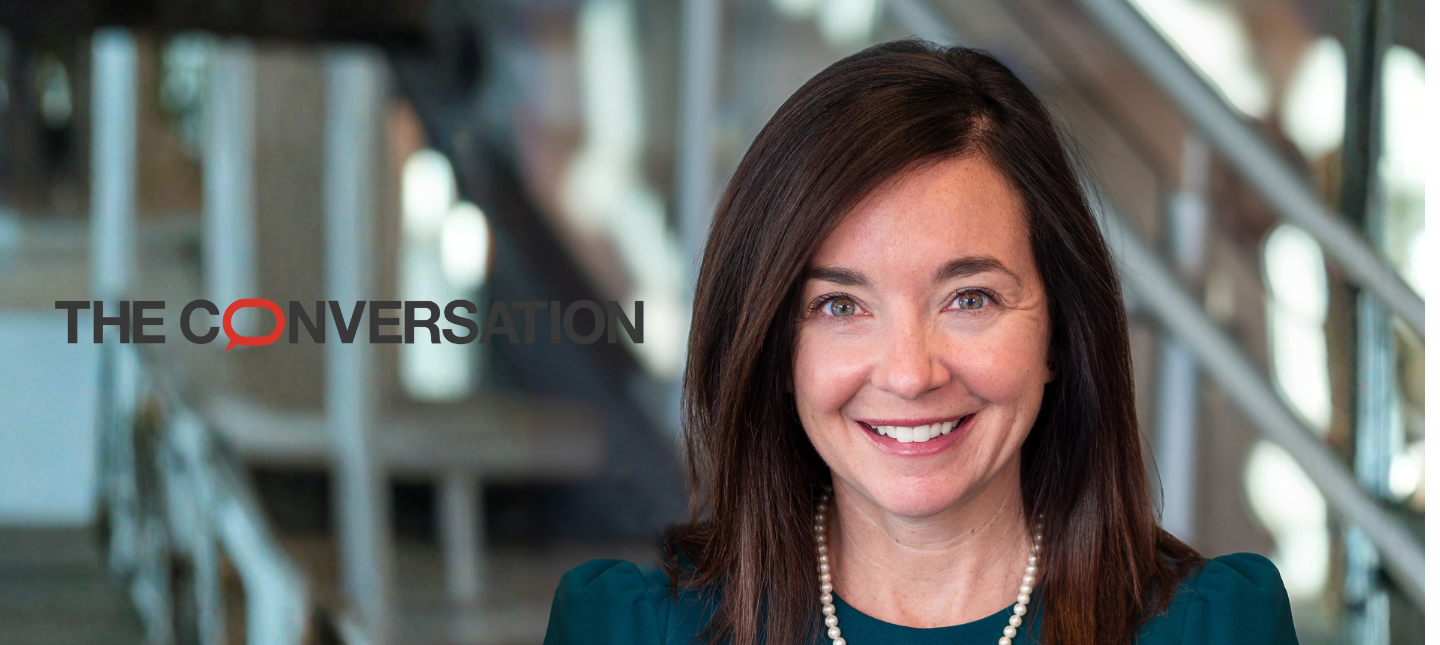Monica Williams-Farrelly, PhD, explains that despite hopes for a decline, studies show loneliness rates remain high before, during and after COVID.
Transcript:
After doing some digging into the literature, we actually found that loneliness was on the rise before COVID. And then, obviously, not being able to have contact with people exacerbated the problem. But there have been a few studies that have just looked at rates of loneliness before COVID, during COVID and after. And actually, rates of loneliness are still quite high. They’re pretty similar to what they were during COVID. So it was honestly my hope that these results wouldn’t necessarily hold in years afterwards, but unfortunately I think it is.
Dr. Williams-Farrelly says loneliness significantly impacts health, but U.S. practitioners and health systems currently lack resources for meaningful intervention.
Transcript:
Loneliness can have influences on health that are quite significant, quite strong. And so in the same way that we ask older adults, “Do you smoke?” We measure rates of obesity. We measure your blood pressure. We should also measure loneliness. So first off, we need to know that they’re lonely to be able to do anything about it. And then second off, once you learn of that, there’s actually not a lot of resources out there. That’s something that I am interested in looking at in the future, really interested in what interventions to reduce loneliness would look like. What meaningful interventions can we implement that would actually help this problem?







